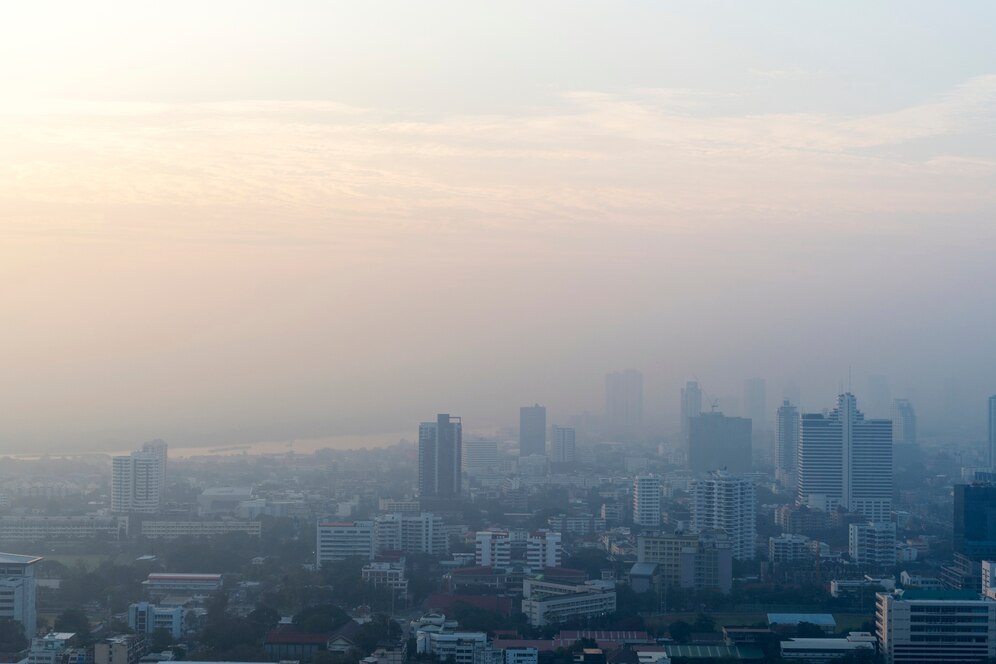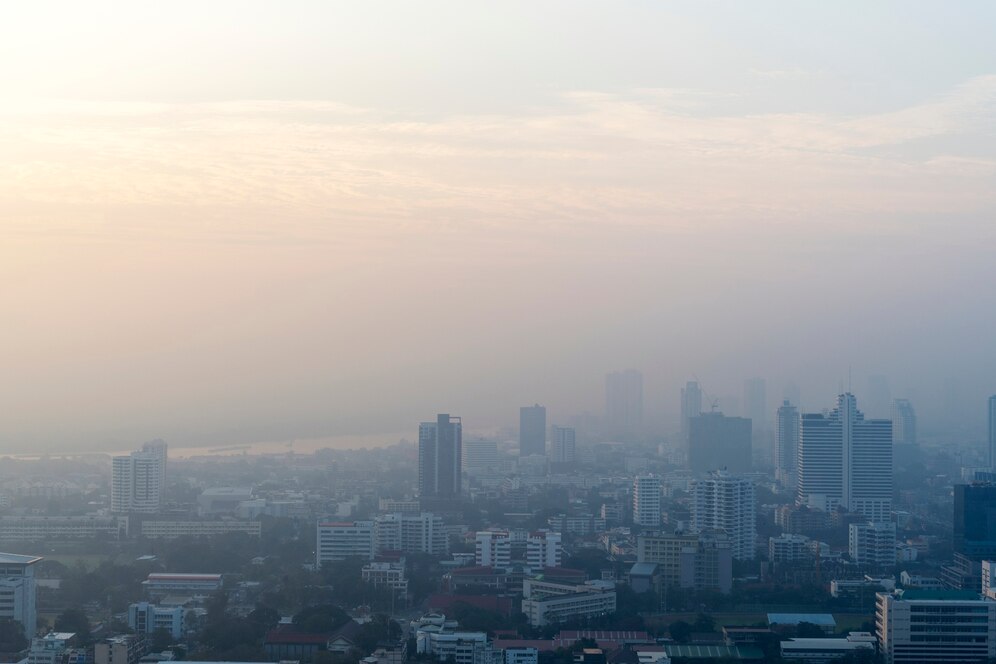Air pollution and the problems caused by it in many parts of the country, including the capital Delhi, have become a cause of great concern for health experts. The air quality has improved in the last 4-5 days but the Air Quality Index (AQI) remains in the 'severe' category. Breathing such air can pose a risk of many serious diseases.

Along with respiratory air pollution, it has been found to cause disorders ranging from heart-lung to brain. Health experts advise all people to continue taking measures to protect themselves from pollution.
Researchers found that like outdoor pollution, indoor pollution can also be dangerous for our health. The use of equipment like ventilation and air purifiers has been considered effective in reducing indoor pollution. But are air purifiers beneficial in reducing the level of air pollution and preventing the risk of respiratory problems? Let us know about this.
How effective are air purifiers?
A study was conducted on how effective air purifiers are in preventing respiratory diseases, based on which health experts found that there is no concrete evidence that these air-purifying devices also reduce respiratory disorders. This means that even after using these devices, you cannot consider yourself safe from respiratory problems caused by pollution.
During the COVID-19 pandemic, there has been a continuous emphasis on measures to reduce indoor pollution.
There are two types of air purifiers
Here it is important to understand how air purifiers work.
These devices are mainly of two types – filters and air disinfectants. Filter purifiers help remove particles from the air that may contain infectious viruses. Whereas germicidal purifiers help in inactivating viruses in the air by using ultraviolet radiation or ozone. These devices are not very effective in trials with influenza or norovirus.

What did the study find?
Another German study examined high-efficiency particulate air (HEPA) filters on coronavirus in kindergartens. The researchers compared rates of respiratory illness among children in schools that installed filters, compared to those in schools that did not install filters. The study found that there was no significant difference between the two. Not only this, the infection rate was slightly higher among the children in the schools where filters were installed, this could be due to lack of ventilation.
What do the researchers say?
Now the big question is that if the risk of disease does not reduce even with the use of purifiers, then what could be the reason for this? Air purifying technologies will never be the panacea that has been claimed, researchers say.
The risk of transmission of viruses that cause respiratory infections depends on how close you are to an infected person. Second, although these devices may be effective in preventing infection within a particular indoor space, there is a constant risk of infection as people move from one place to another regularly. We need to continue making efforts at the individual level to prevent air pollution.
(PC: Freepik)










